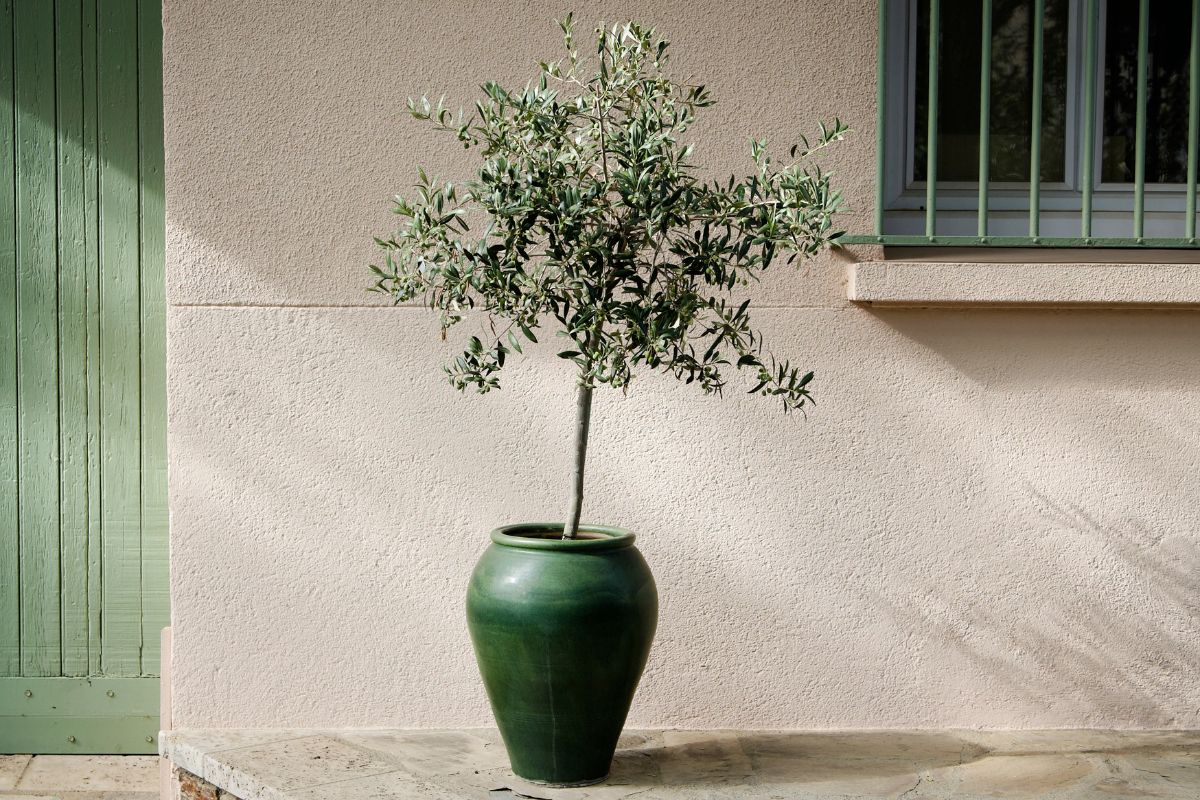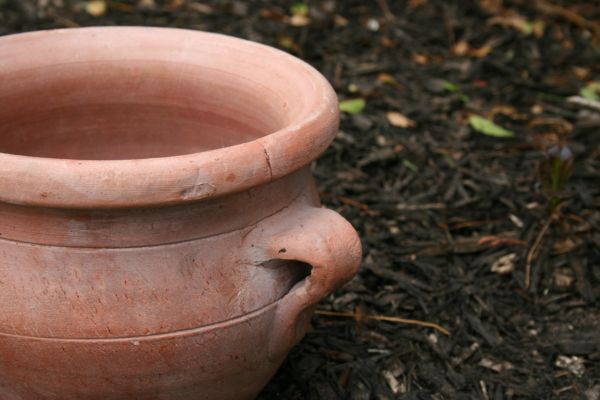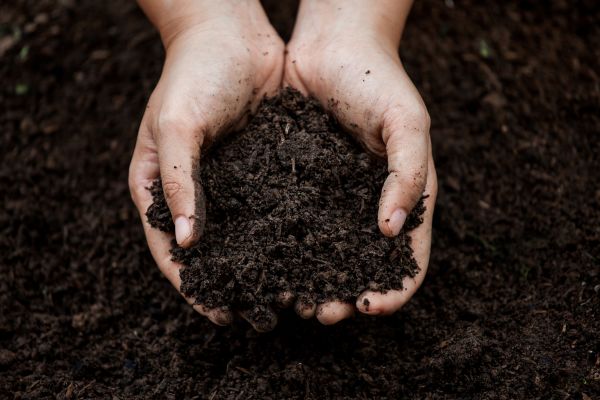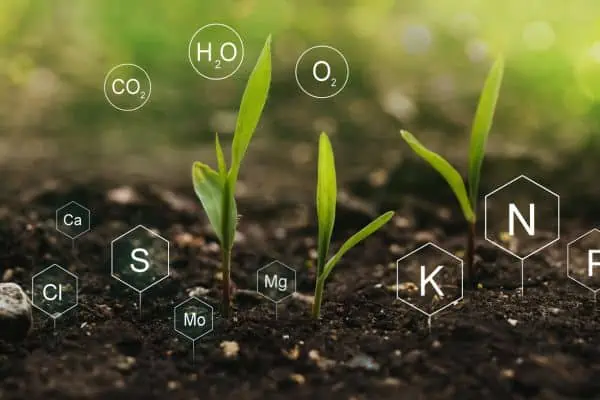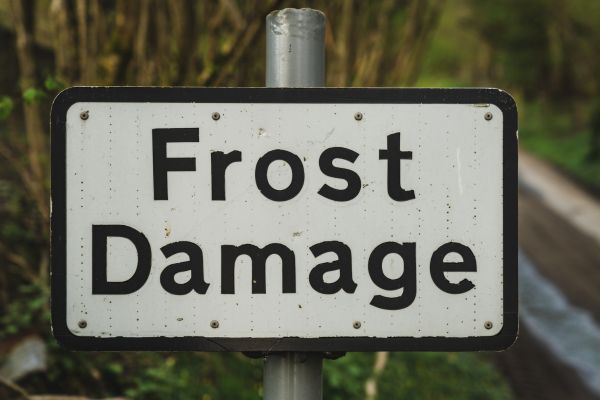Olive trees are a popular choice for people who want to grow their own olives at home. But for people who live in small spaces or have limited outdoor space, growing olive trees in pots can be a good alternative. While this has many advantages, they may also experience some problems with olive trees in pots.
In this article, we’ll look at some of the issues that potted olive trees may face and some solutions to help you keep your tree healthy and productive.
9 Problems with olive trees in pots
1. Poor drainage
Poor drainage is a common issue when growing olive trees indoors in pots. Olive trees require soil that drains well because their roots can easily become waterlogged and develop root rot if they’re left in water for an extended period of time. When the soil in a pot doesn’t drain well, too much water can build up and drown the roots of an olive tree, killing it.
To avoid this problem, choosing a pot with enough drainage holes at the bottom is important to let water out. Also, it’s important to use soil that drains well and is made especially for potted plants.
2. Overwatering
As mentioned above, olive trees need soil that drains well and can’t stand to have water sit around their roots. When olive trees get too much water, their roots can get soggy, which can cause problems like root rot, fungal diseases, and other issues.
Knowing how much water olive trees need is important so you don’t water them too much. If you have a new plant, make sure to water it every third day for the first two weeks. After that, you only need to water them once a week, but if it’s too hot, you might need to do it every 3 to 5 days.
3. Wrong soil type
The right soil for olive trees in pots is one that drains well, is full of nutrients, and has a neutral pH. Loamy soil is a good choice because it drains well, holds a lot of water, and has a lot of nutrients. You can also use sandy, silty, or clay soil by adding compost or other organic materials to change its properties.
Giving olive trees in pots the right soil is important because it affects their growth and health directly. For olive trees to grow well in pots, they need the right mix of soil and the right care. By choosing potting mix that drains well and has organic matter, you can give your tree the nutrients it needs and create a place where it can grow.
4. Nutrient deficiencies
Olive trees in pots might get a different amount of nutrients than olive trees in the ground. This can make the tree not get enough nutrients, slowing its growth and producing less fruit.
When olive trees are grown in pots, they only have a small amount of soil to grow in, making it harder for them to get the nutrients they need. Also, the potting soil may not have all the nutrients plants need to grow well.
It’s important to fertilize olive trees in pots regularly so they don’t run out of nutrients. A balanced fertilizer that releases nutrients slowly can give plants the nutrients they need for healthy growth and fruit production.
5. Lack of sunlight
Olive trees in pots need at least six hours of full sunlight every day to grow and bear fruit. If a plant doesn’t receive enough sunlight, it may develop abnormally and produce few fruits. So, it’s important to put the olive trees that were grown in pots somewhere that get at least six hours of full sunlight every day.
This tree can also tolerate some shade, but if there is too much of it, it’ll cause the tree to degrade.
6. Pests
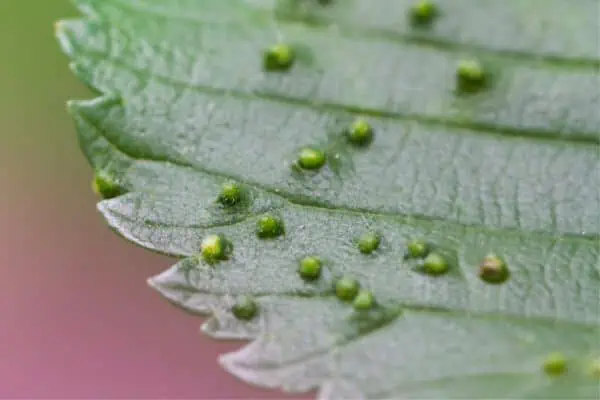
Pests can slow the growth of olive trees in pots, which is one of the most common problems you may run into. Fruit flies, mites, scale insects, and caterpillars are all common pests that can harm olive trees. These tiny animals can hurt the tree’s leaves and fruit, which slows the tree’s growth and stops it from making as many fruits.
It’s important to practice good hygiene, like keeping the area around the pot clean and free of debris. Check the tree often for signs of pests and cut off any affected leaves or branches, as this will prevent more damage to the tree.
7. Size limitations
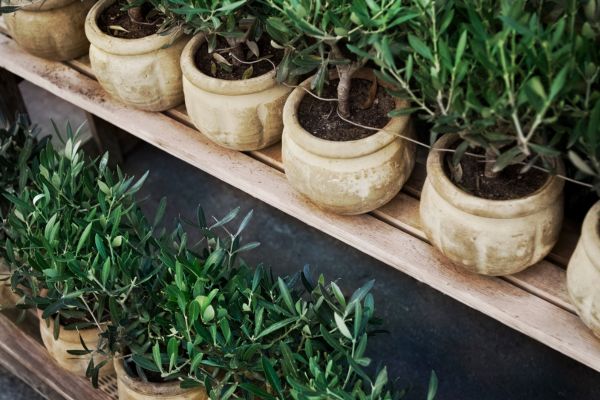
Olive trees can get quite big, and if they’re placed in pots, they may not have enough room to grow to their standard size. When the pot is too small, the tree’s roots can get crowded and may not be able to take in enough water and nutrients.
This can cause the tree to grow slowly and produce few fruits. A small pot can also cause the tree’s roots to get stuck, stopping the tree from growing and making it weak and sick.
To avoid these problems, make sure your olive tree is in the right size pot. A good rule of thumb is to choose a pot that’s at least 25% larger than the size of the tree’s root ball. This will give the tree enough room to grow and build a strong root system.
8. Frost damage
Frost damage can be a big problem for olive trees, even those grown in pots. Olive trees are usually hardy and can handle some frost, but if the temperature stays below freezing for a long time, it can hurt the leaves, branches, and fruit. This can cause the tree to grow slowly or even die in severe cases.
If the winter season comes, it’s best to put the pot inside to be safe from freezing temperatures. You can also protect the tree from the cold by putting a blanket or some other kind of insulation over it.
9. Transplant shock
Olive trees that are moved from one container to another can potentially suffer from a condition known as “transplant shock.” This happens when the tree’s roots are damaged or dried out in the time between digging and transplanting, which leads to the tree becoming stressed and damaging some of its roots.
It’s essential to move the plant as quickly as possible and keep it from drying out in order to reduce the risk of transplant shock. You could also move the newly transplanted plant to an area with partial shade for a few days before exposing it to full sun. This will help the plant adjust to its new environment.
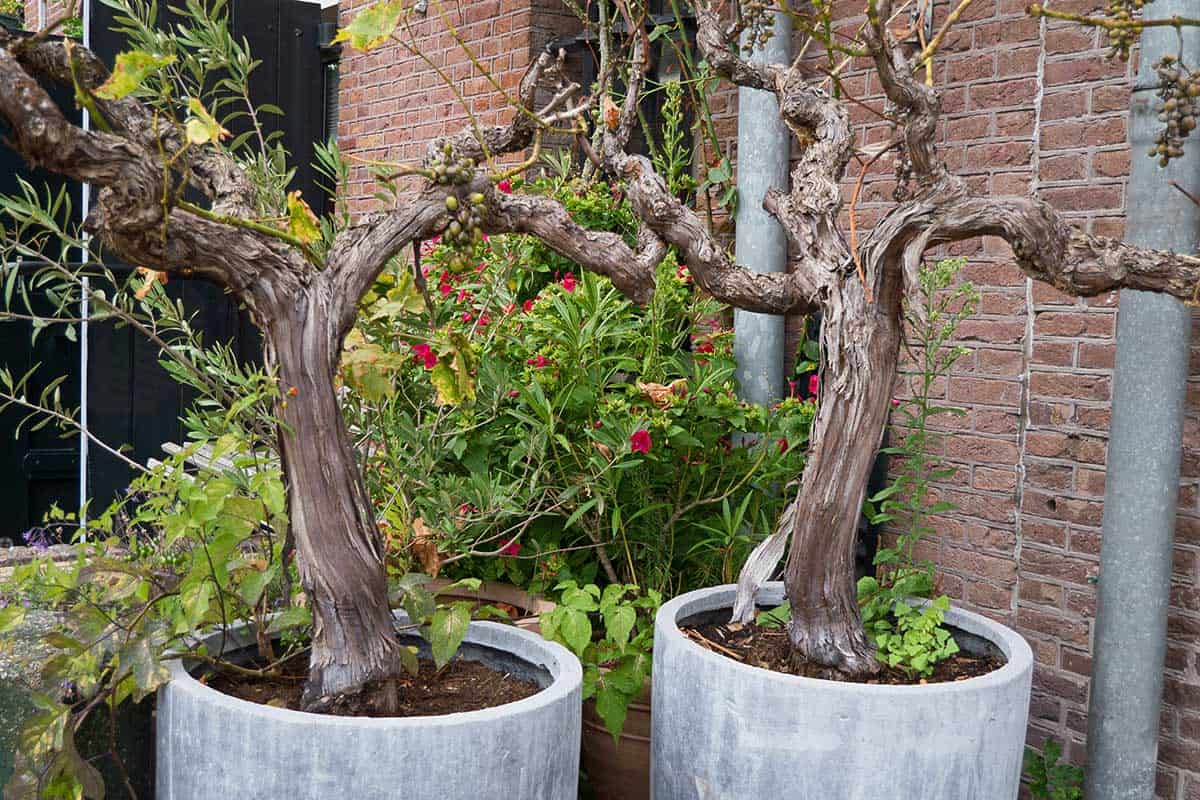
Caring for Olive Trees in Pots: Helpful Tips
1. Choose the Right Pot
The pot you choose for your olive tree should be large enough to accommodate its root system and have good drainage. It’s best to use a terracotta pot, as it allows air and water to circulate through the soil, promoting healthy root growth.
2. Soil
Olive trees prefer well-draining soil. Use a potting mix that is specially formulated for trees, or add sand or perlite to improve drainage. Make sure the soil is loose and aerated to allow for proper root development.
3. Watering
Water your olive tree deeply, but infrequently. Allow the soil to dry out slightly before watering again. Overwatering can lead to root rot and other problems. Ensure the pot has proper drainage holes to allow excess water to escape.
4. Fertilizer
Olive trees don’t require a lot of fertilizer. Apply a balanced, slow-release fertilizer once in early spring and again in early summer. Avoid over-fertilizing, which can lead to excessive growth and poor fruit production.
5. Sunlight
Olive trees require full sunlight for optimal growth and fruit production. Place the pot in a location where it will receive at least six hours of direct sunlight each day.
6. Pruning
Prune your olive tree regularly to maintain its size and shape. Remove any dead or damaged branches and thin out the interior to allow for better air circulation. Prune in late winter or early spring before new growth appears. Here’s an excellent pruning tool that any gardener should have.
7. Pest Control
Monitor your olive tree regularly for pests such as scale, aphids, and spider mites. Apply an insecticidal soap or neem oil if you notice any signs of infestation. Regularly inspect the leaves and branches for any signs of disease or damage.
By following these helpful tips, you can keep your olive tree healthy and thriving in a pot.
